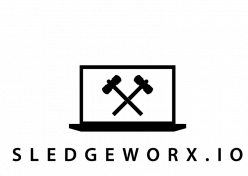“If customers are paying for the work, presumably by the hour, then you can’t expect them to pay for weeks (or more) of work every few years just to arrive back at the same product they started with.”
– From reddit user /u/PragmaticFinance
People have the idea that because the software has the same features as it did five years ago, it still is just as ‘good’ as it was five years ago. And if we can keep running it without modifications that is a reasonable practice. Unfortunately, while it feels intuitive that is not the reality with software.
Sorry, a software product that is built on out of date tooling is strictly inferior to software built on up-to-date tooling. It is not ‘just as good’ it is significantly worse. The out of date software has increased vulnerability to security defects. Python 2.7 doesn’t get security patches anymore, if your software is built on it and a zero day is discovered. Your software could be unoperable for weeks while engineers upgrade it to function on Python 3.
Software that can’t be patched to address security vulnerabilities in a reasonable time frame is strictly worse than up to date software. Anyone who was evaluating a purchase of these two programs would consider the expense of making changes.
Aside from security issues, out of date software is harder to modify. What are the banks going to do when the last Cobol programmer dies? They will have to fund Cobol bootcamps which is not going to be cheap.
What are companies that had ‘feature complete’ software that didn’t need to change in years doing now that GDPR is a thing? That software is getting dusted off and updated or entirely replaced.
Roads and tractors require constant maintenance just to keep doing the same job. Software is the same. Maintenance costs should be estimated and included in the total cost of ownership for software.
A lot of business software just encodes business processes. It can get out of date because the world shifted and the process changed, or the world shifted and the way the process is encoded is out of date.
Each time I write one of these technical debt posts it helps me understand why Software As A Service took over in such a big way. If you needed this year’s model of tractor every year you would lease it.
